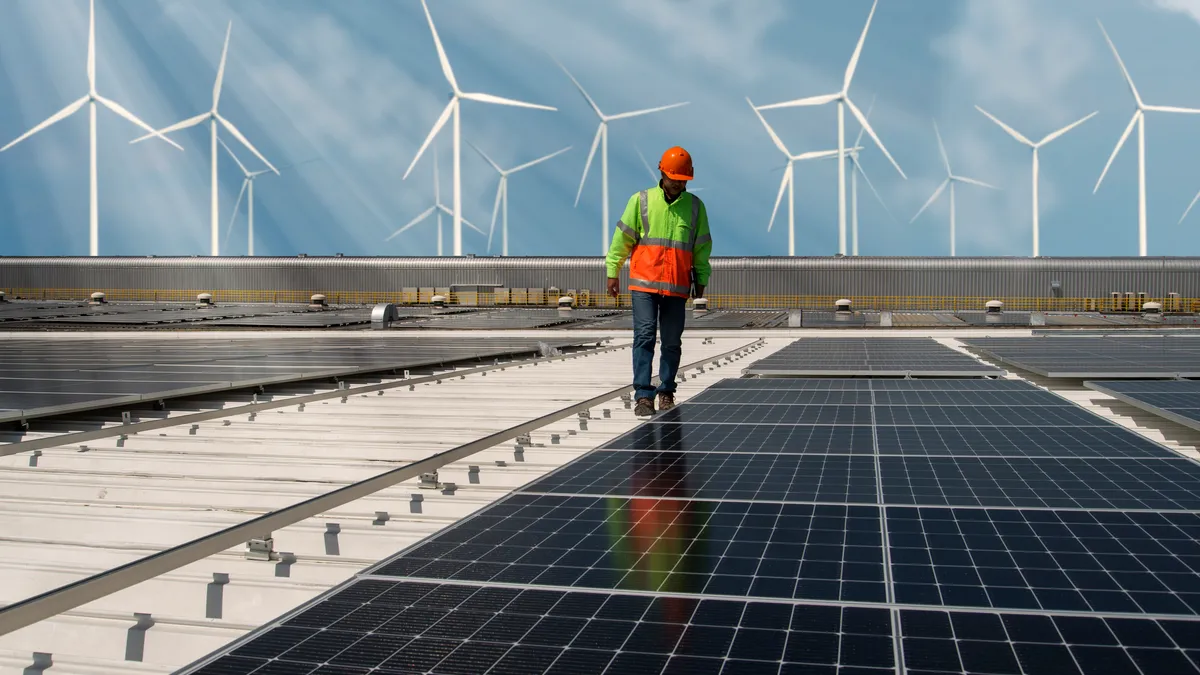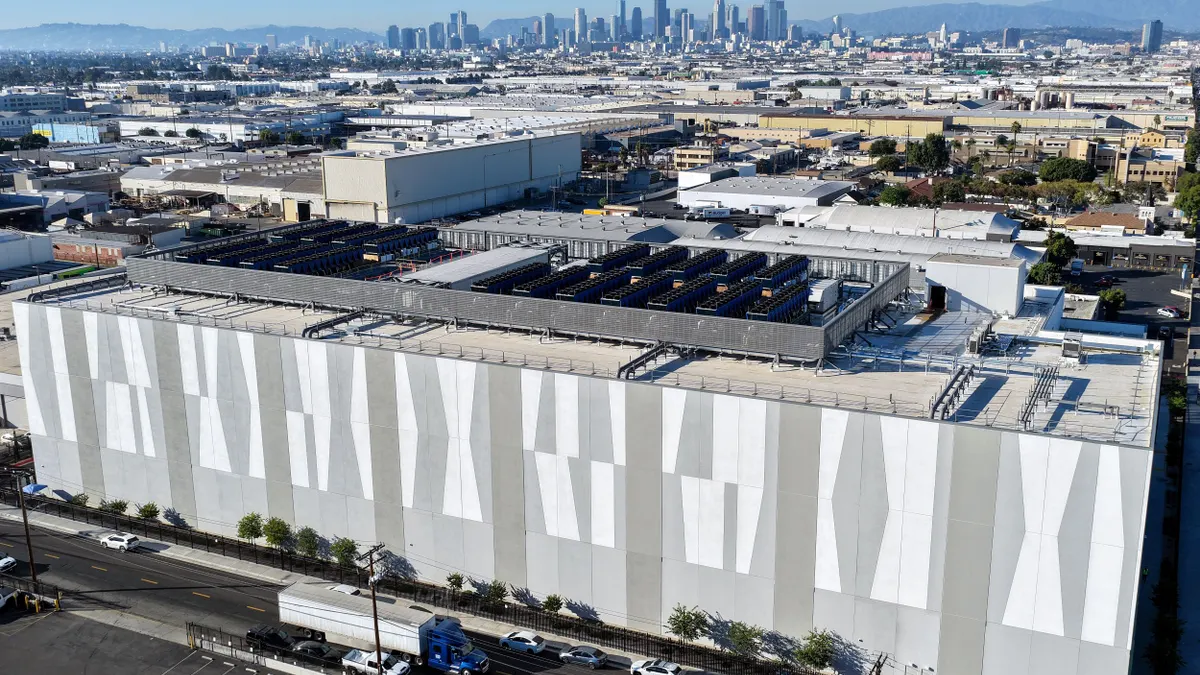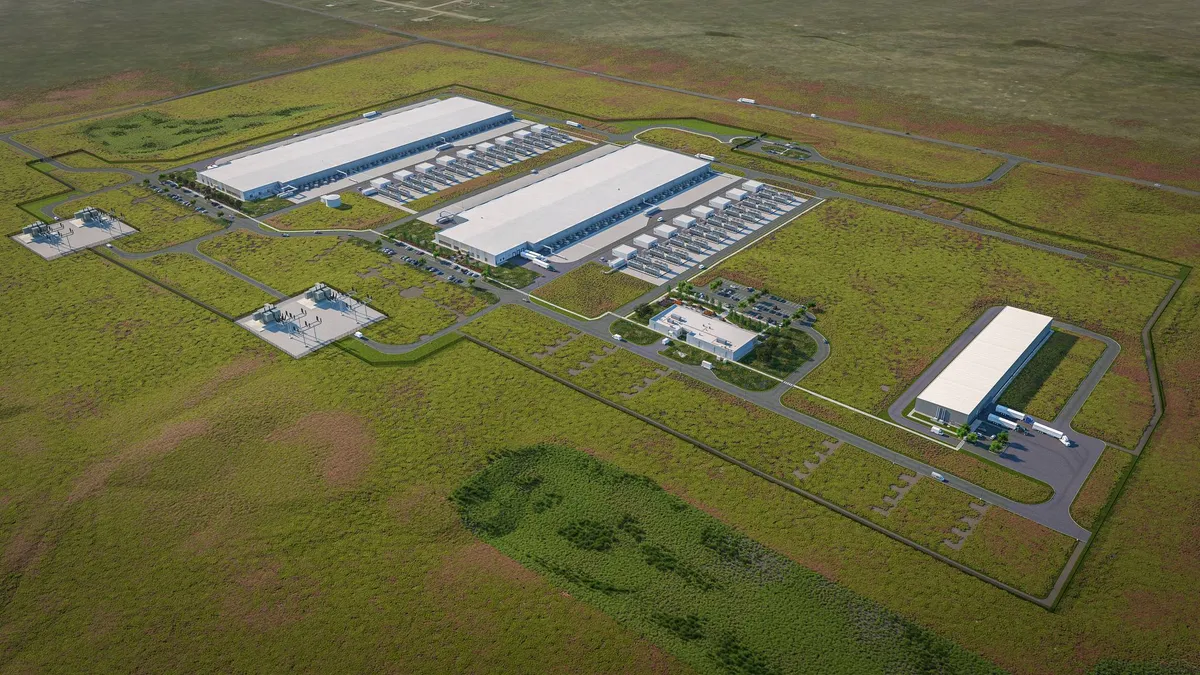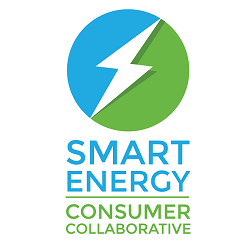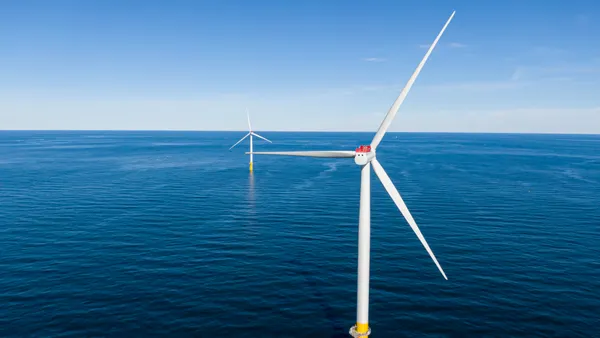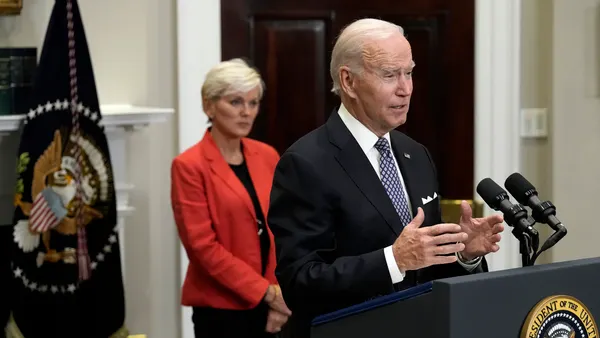Meeting digital infrastructure energy needs
Independent power producer Clearway Energy announced a U.S. construction pipeline of 27 GW of generation and storage resources following strong third-quarter earnings.
The San Francisco-based company is owned by Global Infrastructure Partners and TotalEnergies. According to its earnings presentation, it has an operating portfolio of more than 12 GW of wind, solar, gas and storage.
Clearway President and CEO Craig Cornelius said on an earnings call Tuesday that the company is positioning itself to serve large load data centers.
“Growth in both the medium and long term reflects the strong traction we’ve made in supporting the energy needs of our country’s digital infrastructure build-out and reindustrialization,” Cornelius said during the call. “We expect this to be a core driver of Clearway’s growth outlook well into the 2030s.”
Cornelius noted that Clearway executed and awarded 1.8 GW of power purchase agreements meant to support data center loads so far this year, and is currently developing generation aimed at serving “gigawatt class co-located data centers across five states.”
Its 27 GW pipeline of projects in development or under construction includes 8.2 GW of solar, 4.6 GW of wind, 1.3 GW of wind repowering, 8 GW of standalone storage, 2.1 GW of paired storage and 2.6 GW of natural gas aimed at serving data centers.
Under the OBBBA, wind and solar projects that begin construction by July 4, 2026 and complete construction before the end of 2030 will be eligible to receive the Inflation Reduction Act’s technology-neutral tax credits.
Investment bank Jefferies said Clearway presented an optimistic outlook through 2030 and beyond, despite earlier phaseouts of renewable energy tax credits following the July passage of the One Big Beautiful Bill Act. It said in a Wednesday note that Clearway beat third-quarter expectations for cash available for distribution, or CAFD, by 17%.
“We think yesterday's update may resonate with investors more strongly, conveying [Clearway’s] ability to deliver growth even as wind/solar remain precarious post 2030,” Jefferies said. “We anticipate positive revisions on already strong guidance in coming quarters, especially as new [opportunities] with data centers and natural gas arise.”
Cornelius said the company is moving toward constructing larger projects, and that “the total quantity of late-stage projects that we have that are constructable over the next 5 years has grown significantly,” with most of them being “entirely storage or [including] a storage component.”



